Indoor Palm Tree Care: [Soil, Humidity, Pruning and Problems]
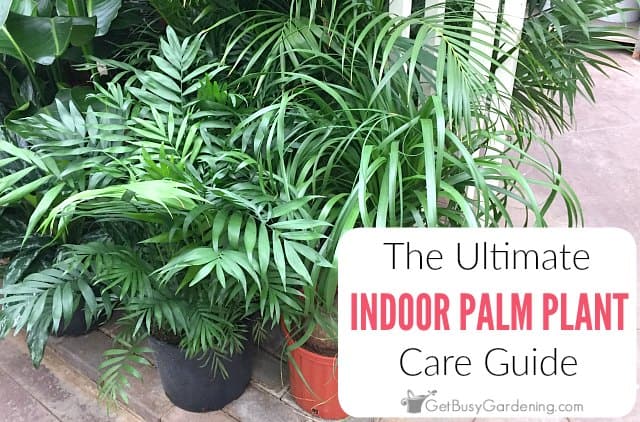
What characteristics do indoor palm trees have?
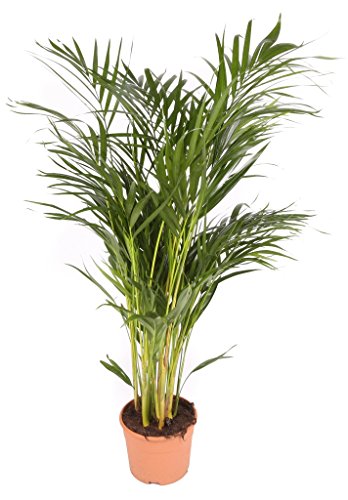
Indoor palm trees are those that cannot live outside during the winter months.
So we will have them in a safe place so that they adorn the most intimate places of our homes with their charm.
They are of different types, but as decorative elements they have in common the tropical atmosphere that they give to the spaces of the home.
There are palm trees that in intense winter cold places must be indoors because they cannot withstand frost.
But in other regions with gentler winds we can have them in the gardens, as is the case with the kentia, Howea forsteriana.
Precisely, the kentias are some of the most outstanding palm trees in the interior along with the arecas and the chamaedoreas, as they stand out for the beauty and elegance of their palms.
Indoor palm trees are resistant and we can have them by our side for a long life if we give them the care they deserve, care that, in one way or another, is common to all of them.
Well cared for, they serve as decorations in the living rooms of the house, the living room, the corners, the terraces or the balconies or at the entrances of the buildings and in the offices, where their mere presence prints a note of peace and relaxation to the environment..
In the different pots or vases where we put them, they will attract the attention of the most demanding visitors, and as for us, we will feel proud for having succeeded in choosing the ornament.
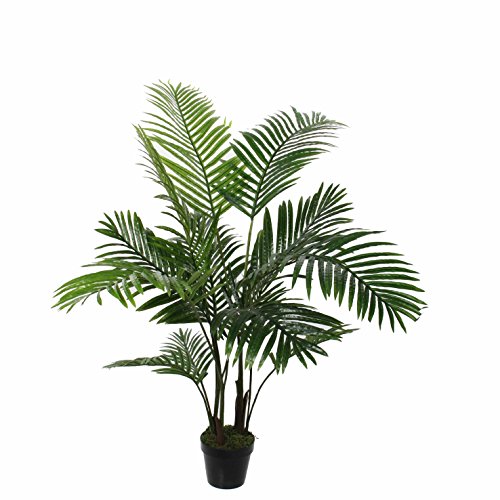
Palm trees do not require a lot of care, but we must always be aware of them in the event of pests and diseases attacking them or a bad location that puts them in danger in the intense sun.
The palm trees best known for their adaptation to the interior are the following: Chamaedorea, which is considered the indoor palm tree par excellence. As they do not exceed three meters they are ideal for pots. They are shade palms, but they like sunny places.
Howea forsteriana. The kentia is a plant with a single trunk (unicaule) and planted in the ground it can reach up to 15 meters, but in a pot it is easier to grow and we can keep it for a long time because it is very resistant. Its trunk thickens 15 cm.
Archontophoenix is a spectacular type of palm tree, very tall, as it reaches 30 meters in height outdoors, but in a pot, where its trunk can be 30 cm thick, it can last a lifetime.
What soil needs do indoor palm trees have?
Outside, settled in the garden, any mineral soil works for palm trees, because they are very versatile and resistant. On the other hand, this is not the case indoors, since the same procedure does not operate in a pot, never mineral soil.
It is better to provide it with a substrate based on coconut fiber or peat. And every two weeks a specific fertilizer for palm trees is convenient, between the months of March and October.
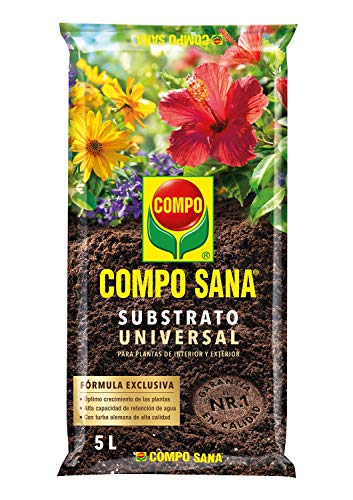
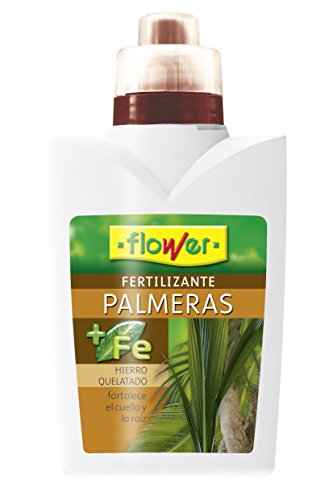
Palm trees require abundant watering, but avoid flooding that tends to suffocate it and that can cause the appearance of fungi that destroy it. It is important to let the substrate dry before watering again.
The irrigation will be applied two or three times a week in the months of plant activity and twice a month in the moments of rest.
How to make indoor palm trees grow strong and vigorous?
Indoor palm trees run the risk of suffering burns on their leaves and their foliage turning yellow if we put them in the sun.
We can put them in the shade, because they can live in dimly lit places, but then we would be in danger of attack by pests that rely precisely on the lack of light.
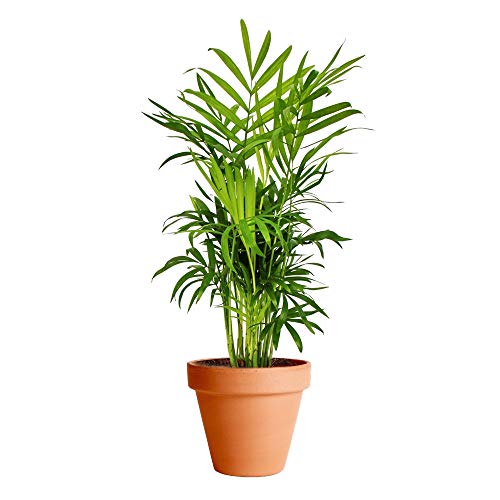
The solution to these drawbacks will be to place the pot in bright places where the sun’s rays do not directly affect; it can be in a window, or a balcony well covered from the sun.
In spring we can afford to take it outdoors, but always taking care of the sun and strong winds. The temperature should be warm, not less than 10ºC.
What humidity do indoor palm trees need?
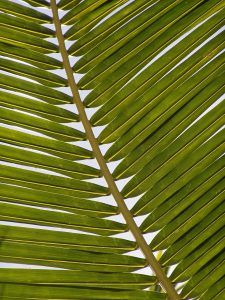 Palm trees, whatever their origin, are from tropical regions and because of that they need humidity. For example, the areca is from Madagascar, the kentia from Australia and the Chamaedorea from Central America.
Palm trees, whatever their origin, are from tropical regions and because of that they need humidity. For example, the areca is from Madagascar, the kentia from Australia and the Chamaedorea from Central America.
That is why they need a more humid environment than the one we have in our houses on the peninsula, especially in the cold months when we have to turn on the heating, because the lack of humidity causes the plant to dry out.
Consequently, it is appropriate to humidify daily with water sprays, since irrigation alone does not compensate for the lack of environmental humidity.
Is it necessary to prune indoor palm trees?
The pruning of the palm leaf is necessary so that it can grow tall and develop well. Contrary to what happens with other plants, palm trees should not be pruned for aesthetic reasons, because we could damage them.
How often should we prune indoor palm trees?
Do not prune in winter, but during the vegetative period, in spring, summer and autumn. We will not wait for the leaves to dry completely, it is preferable to cut them when they begin to turn yellow.
How can we avoid pests and diseases of indoor palm trees?
Care must be taken to avoid the attack of pests and diseases on tropical species such as palm trees. His main enemies are:
- The cottony mealybug (when not!), which attacks the underside of the leaves, causing discoloration and an ugly appearance, but we can control it by spraying with soap and water or with an insecticide.
- The red spider is another staunch enemy of plants; in this case it weaves on the underside of the leaves, destroying them when dry, in which case we must moisten the palms on both sides or fumigate with an acaricide.
- Thrips, small insects, such as lice, attack the leaves to feed on them; they arise in times of environmental dryness, so we must humidify the palms on both sides.
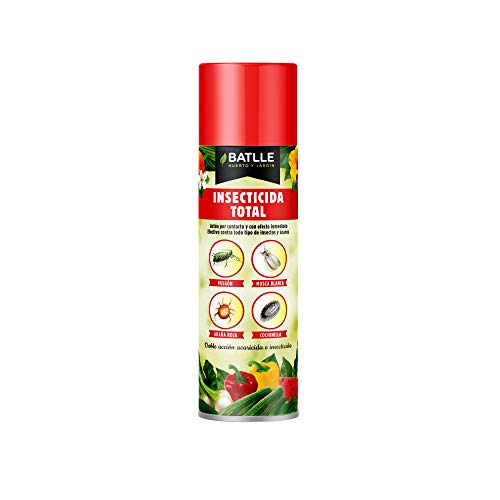
Maybe you are also interested in:
- How to Fertilize Indoor Palm Trees Step by Step – Sembrar100
- How to germinate Palm Tree Seeds: [Time, Steps and Planting]
- Palm Pests and Diseases: How to Identify and Treat Them
- Heart of Palm Plant: [Characteristics, Cultivation, Care and Disadvantages]
- Trachycarpus Fortunei: [Cultivation, Associations, Pests and Diseases]

![Photo of Spanish Jasmine Cuttings: [Time, Eradication, Planting and Fertilizer]](https://www.complete-gardening.com/wp-content/uploads/2022/08/spanish-jasmine-cuttings-time-eradication-planting-and-fertilizer-390x220.jpg)
![Photo of Plant Parts: [Root, Stem, Leaves, Flowers and Fruits]](https://www.complete-gardening.com/wp-content/uploads/2022/08/plant-parts-root-stem-leaves-flowers-and-fruits-390x220.jpg)
![Photo of Kiwi Pests and Diseases: [Detection, Causes and Solutions]](https://www.complete-gardening.com/wp-content/uploads/2022/08/kiwi-pests-and-diseases-detection-causes-and-solutions-390x220.png)
![Photo of Brown Spots on Leaves: [Detection, Causes and Treatment]](https://www.complete-gardening.com/wp-content/uploads/2022/08/brown-spots-on-leaves-detection-causes-and-treatment-390x220.jpg)